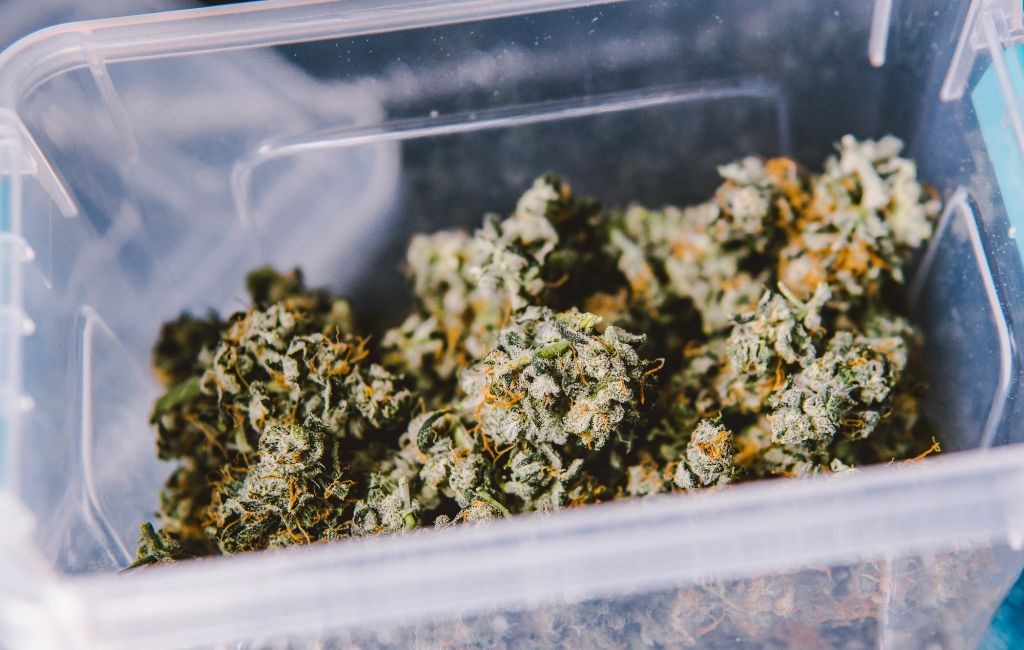The Art of Purple Flower Buds Collection
Collecting purple flower buds is a fascinating hobby that combines the beauty of nature with the joy of discovery. This article explores the intricacies of this pursuit, offering insights into the types of purple flowers, their significance, and tips for successful collection.
Understanding the Appeal of Purple Flowers
Purple flowers have long been admired for their striking beauty and symbolic meanings. They often represent mystery, creativity, and spirituality. The allure of these blooms lies in their ability to captivate the senses and evoke a sense of wonder.
Symbolism and Cultural Significance
Purple flowers hold a special place in various cultures. In ancient times, they were associated with royalty and luxury due to the rarity of purple dye. Today, they continue to symbolize elegance and sophistication. In some cultures, purple flowers are used in ceremonies to represent peace and harmony.
Popular Varieties of Purple Flowers
When embarking on a collection, it’s helpful to know some popular varieties:
- Lavender: Known for its soothing fragrance, lavender is a favorite among collectors.
- Lilac: These flowers are cherished for their delicate scent and beautiful clusters.
- Iris: With their intricate patterns, irises are a stunning addition to any collection.
- Violet: These small, charming flowers are often associated with modesty and humility.
Starting Your Collection
Building a collection of purple flower buds requires patience and dedication. Here are some steps to guide you:
Research and Planning
Before starting, research the types of purple flowers that thrive in your region. Consider factors such as climate, soil type, and sunlight requirements. Create a plan that outlines the flowers you wish to collect and the best times to harvest them.
Sourcing Your Flowers
There are several ways to source purple flowers for your collection:
- Gardening: Growing your own flowers allows for a personal connection with your collection.
- Local Markets: Farmers’ markets and flower shops often have a variety of purple blooms.
- Wild Foraging: Foraging in natural areas can yield unique finds, but always respect local regulations and ecosystems.
Preservation Techniques
Preserving flower buds is an art in itself. Here are some methods to consider:
- Pressing: Flattening flowers between sheets of paper to maintain their shape and color.
- Drying: Hanging flowers upside down in a dry, dark place to preserve their form.
- Silica Gel: Using silica gel to absorb moisture and retain the flower’s original appearance.
Case Studies: Successful Collections
Examining successful collections can provide inspiration and guidance.
The Lavender Fields of Provence
Provence, France, is renowned for its vast lavender fields. Collectors from around the world visit to experience the beauty and fragrance of these iconic flowers. The region’s unique climate and soil conditions contribute to the high quality of its lavender.
The Royal Botanic Gardens, Kew
Kew Gardens in London boasts an impressive collection of purple flowers, including rare and exotic species. Their meticulous cultivation and preservation techniques serve as a model for collectors.
Challenges and Considerations
Collecting purple flower buds is not without its challenges. Here are some common obstacles:
Seasonal Limitations
Many purple flowers have specific blooming seasons, which can limit collection opportunities. Planning and timing are key to overcoming this challenge.
Environmental Impact
Responsible collection practices are essential to minimize environmental impact. Avoid over-harvesting and respect protected areas to preserve natural habitats.
Preservation Difficulties
Maintaining the color and form of purple flowers during preservation can be challenging. Experiment with different techniques to find what works best for each variety.
Tips for a Thriving Collection
To cultivate a successful collection, consider these tips:
- Diversify: Include a variety of species to enhance the richness of your collection.
- Document: Keep a journal or digital record of your collection, noting details such as species, location, and preservation method.
- Share: Engage with fellow collectors through clubs or online communities to exchange knowledge and experience.
Conclusion
Collecting purple flower buds is a rewarding endeavor that offers both aesthetic pleasure and a deeper connection with nature. By understanding the significance of these blooms, planning your collection, and employing effective preservation techniques, you can create a stunning array of purple flowers. Whether you’re inspired by the lavender fields of Provence or the diverse species at Kew Gardens, the world of purple flower buds awaits your exploration.
